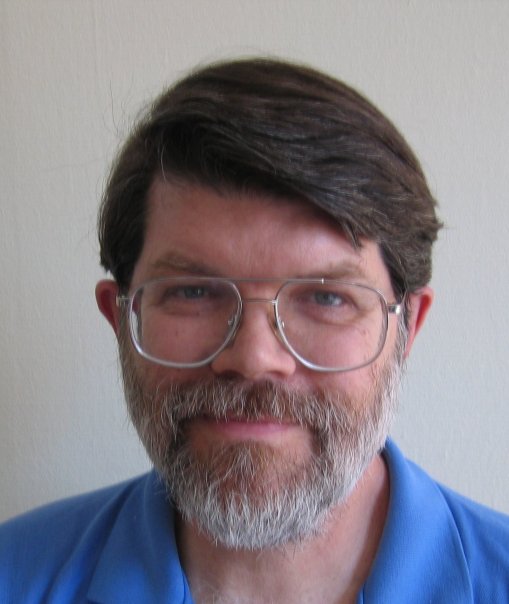... some history and some basic facts behind its rediscovery
THEORIES FROM PHYSICS AND CHEMISTRY ABOUT THE M-STATE ELEMENTS
The following information is presented to promote scientific research into the nature of these materials. Although these theories are based on our best knowledge at this time, further scientific research may prove some of these theories to be inaccurate. Remember that the following are just theories.
A monoatomic element has one atom per molecule; a diatomic element has two atoms per molecule. Certain elements in a monatomic or diatomic configuration can form a stable structure where all of their electrons are Cooper paired, and so are not available as valence electrons (more on this later). Elements in this configuration are superconductors at room temperature and exhibit other quantum physical behaviors at a visible scale. Some of these quantum physical behaviors include:
Anomalous responses to gravity
Superfluidity
"Tunneling" through solid objects
Deformed nuclei in a high-spin state
One term for these materials is microclusters. Microclusters have been described as follows on a microcluster forum:
"A microcluster is a small chemically inert cluster of atoms that has definite crystalline structure. They can be synthetic, however for this work an assumption is that the natural microclusters are forms comparable to the man-made microcluster. Microcluster research started with natural occurrences. Clusters exist as molecular species which can substitute and mimic various elements for one another. Microclusters can be as large as 200 or more atoms. Certain atomic examples for each atom are rare; the rarity is due to current physical chemistry concepts. Research has demonstrated that natural micro-clusters are superconductors; they are Cheshire in that they can disappear and avoid chemical detection by conventional means. Most, if not all, have catalytic properties; they are magnetic or can be induced to have electromagnetic properties; and they can form giant inert ions which I call Mega-ions."
ORMUS AND BECs
Physicists have recently created a new state of matter (which we believe is related to ORMUS) in the laboratory. This state of matter is called a Bose-Einstein Condensate (BEC) after Satyendra Nath Bose and Albert Einstein who postulated the existence of this state of matter in the 1920s. Their theory was not "proven" until BECs were created in the laboratory in 1995 by Eric Cornell and Carl Wieman in Boulder, Colorado. They did it by cooling atoms to a much lower temperature than had been previously achieved. This temperature was a millionth of a degree above absolute zero.
Absolute zero is the temperature at which all atomic movement ceases. When atoms are cooled near absolute zero, they move much more slowly than when they are at normal temperatures. David Hudson postulates that his ORME atoms have a natural internal temperature which is very close to absolute zero. This may be why they can be Bose-Einstein condensates at room temperature and higher.
A Bose-Einstein Condensate is a group of atoms which are all in the same quantum state. Such a group of atoms consequently behaves, in some ways, as a single atom. Superconductors are a form of BECs and so are superfluids.
You can read a simple description of what BECs are and how they work on the BEC homepage.
Here is an explanation of how BECs, superconductors and Cooper pairing inter-relate from the American Institute of Physics web page titled BECs, superconductors, and Cooper pairing:
"A superfluid is a liquid that flows without viscosity or inner friction. For a liquid to become superfluid, the atoms or molecules making up the liquid must be cooled or "condensed" to the point at which they all occupy the same quantum state. A liquid of helium-3, an atom whose nucleus is made up of an odd number of particles, is a type of particle known as a fermion. Groups of fermions are not allowed to occupy the same quantum state."
"By cooling the liquid to a low enough temperature, helium-3 atoms can pair up. The number of particles in each nucleus adds up to an even number, making it a type of particle known as a boson. Groups of bosons can fall into the same quantum state, and therefore superfluidity can be achieved. Helium-4 (middle panel), a boson, does not need to pair up to form a superfluid; groups of helium-4 atoms condense into the superfluid state at about 2 degrees above absolute zero. Superfluidity, especially the kind that exists in helium-3, is analogous to conventional low-temperature superconductivity, in which electrons flow through certain metals and alloys without resistance. In a superconductor (right panel), electrons, which are fermions, pair up in the metal crystal to form "Cooper pairs," bosons which can then condense into a superconducting state."
|


